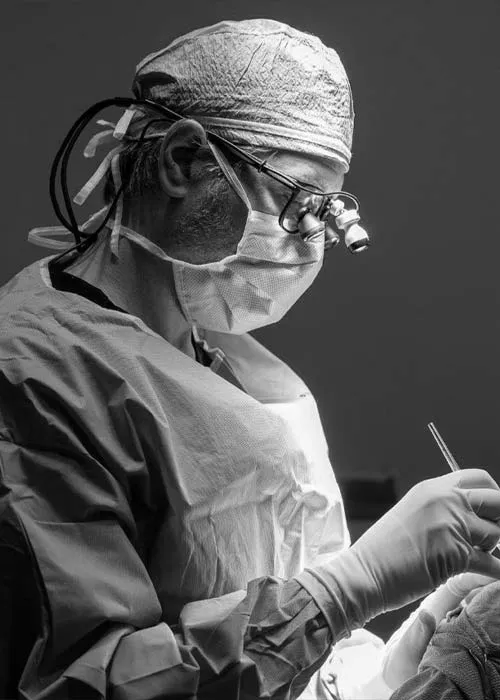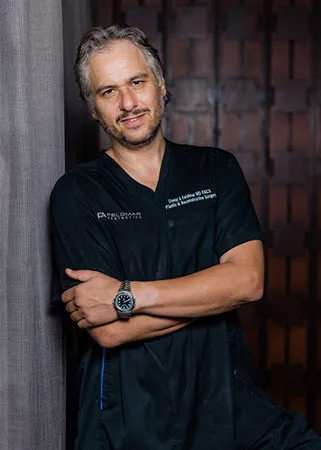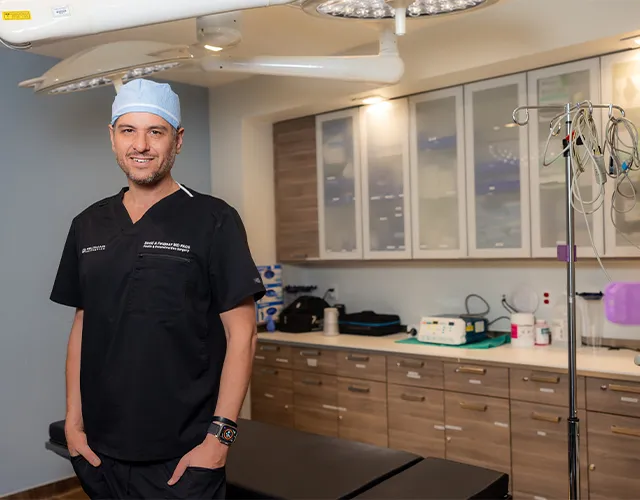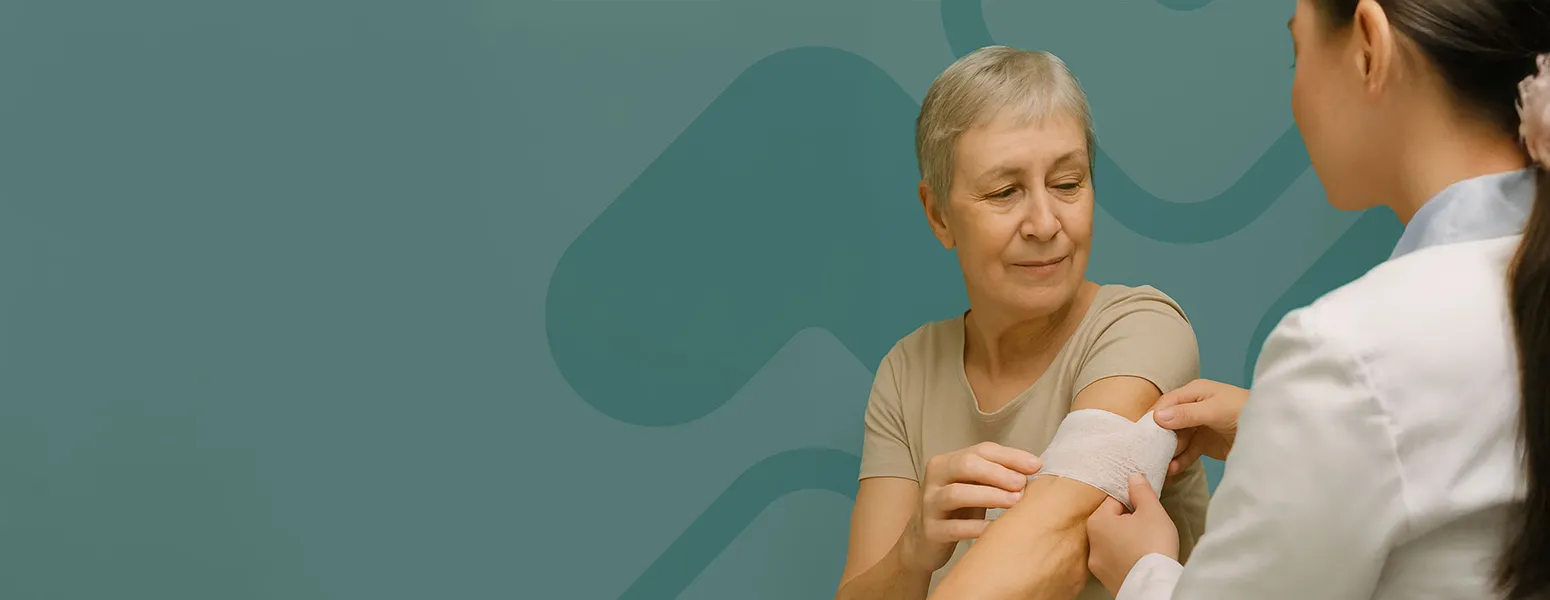


Wound healing is an amazing natural process, and most wounds heal over time with appropriate care. Some wounds, though, don’t heal as expected and can require special treatment to prevent them from worsening over time. These chronic non-healing wounds are estimated to affect about 6.5 million people in the U.S. Left untreated, non-healing wounds can lead to significant health problems, including extreme pain, loss of function and mobility, infection, or even amputation.
While anyone can develop a wound that doesn’t heal properly, certain medical conditions, lifestyle factors, and complications can increase the risk. Chronic wounds may develop due to underlying health issues, pressure on the skin, infection, or disruptions in the body’s ability to heal. Understanding these contributing factors is key to preventing long-term complications and supporting proper wound care.
Most wounds heal within two to four weeks. If a wound hasn’t shown noticeable improvement after a month, it’s time to see a doctor. However, some symptoms require immediate medical attention—regardless of how long the wound has been present.
These can be early signs of infection and should not be ignored.
Yellow or green pus—or a large amount of clear fluid—often signals infection.
A foul odor coming from the wound, which may indicate tissue breakdown
Pain that increases instead of improving could be a red flag.
Dark or bluish edges around the wound—signs that tissue may be dying
Bleeding that won’t stop, even after applying pressure for 15 minutes
A rising temperature may indicate the infection has spread beyond the wound site.
Treatment of a non-healing wound begins with a consultation with a wound care specialist who will examine the wound and ask questions to understand the cause of the wound. In his consultations, Dr. Feldmar will study the location, size, depth, and other characteristics of the wound, and ask you about your medical history, when you first noticed the problem, and how the wound has changed over time.
This consultation and assessment are key to treatment. Addressing the cause of the wound is often an important step in starting the healing process.Treatment may include:
For wounds that are especially slow to heal, advanced therapeutic options may be recommended to enhance circulation, oxygen delivery, and wound environment. These evidence-based treatments are designed to support the body’s natural healing processes and improve outcomes in complex cases.
Wounds can be slow to heal for different reasons. Understanding the cause of the problem and the type of non-healing wound is a critical first step in choosing a course of treatment.There are four main types of non-healing wounds, each related to a specific cause:
Dr. David Feldmar is a double board-certified surgeon in General and Cosmetic Surgery with a specialized focus in wound care. Known for his meticulous technique and compassionate approach, Dr. Feldmar leads a skilled team dedicated to treating complex, chronic, and post-surgical wounds. From managing diabetic ulcers and burns to performing advanced closures and graft procedures, his goal is to promote healing, prevent complications, and restore quality of life for every patient.
Whether at home or in a facility, Dr. Feldmar delivers expert wound care where it’s needed most—with a personalized, patient-first philosophy.






Our team delivers advanced wound care with surgical precision and a human touch—because healing is more than skin deep.
